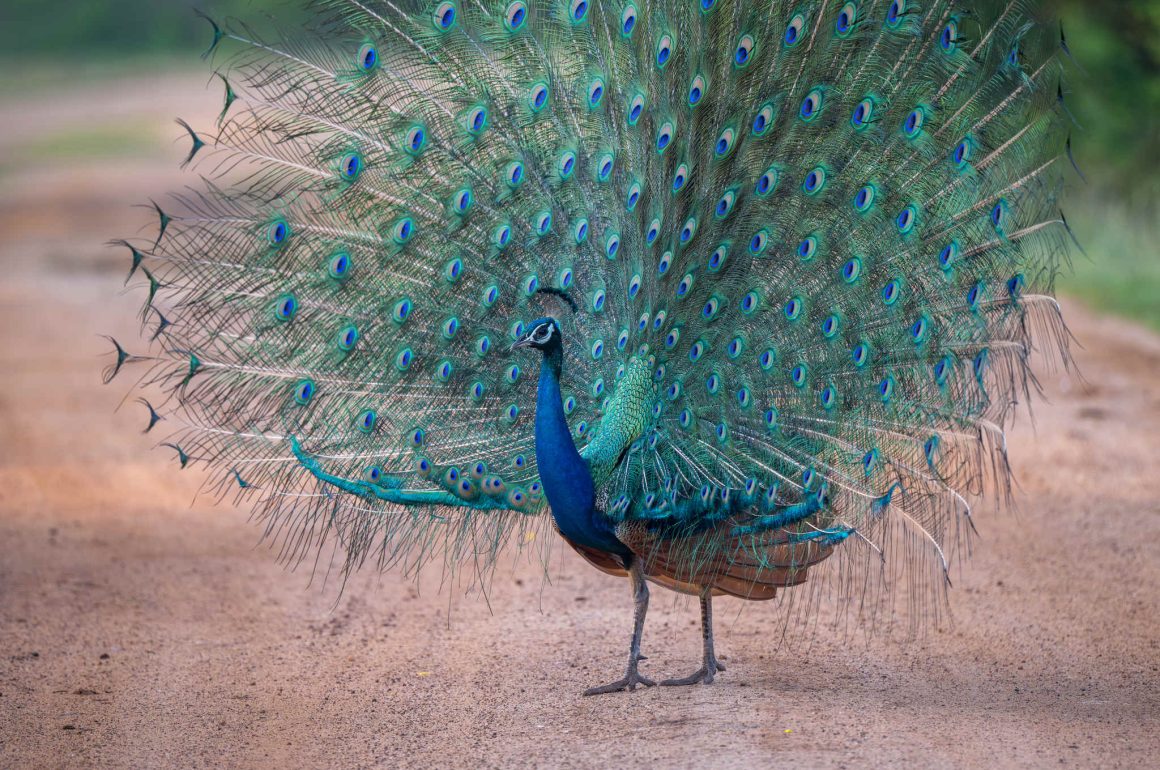
Frankly, some part of my brain still thinks of the Indian Peafowl as not being a real, wild bird but rather a decorative element of bird parks and a source of funny-looking feathers, to be won as a prize in low-budget lotteries.
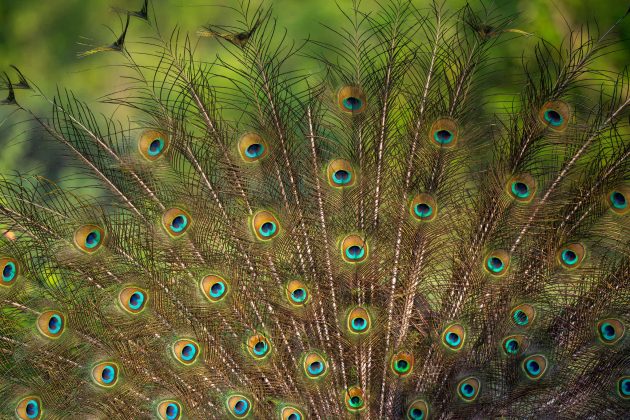
Shanghai even has a park with the attraction of quite a large number of peacocks flying down from some elevated position across a lake to a lawn, where the visitors are encouraged to feed the birds (bird feed is for sale, of course). Not really the kind of birdwatching I enjoy.
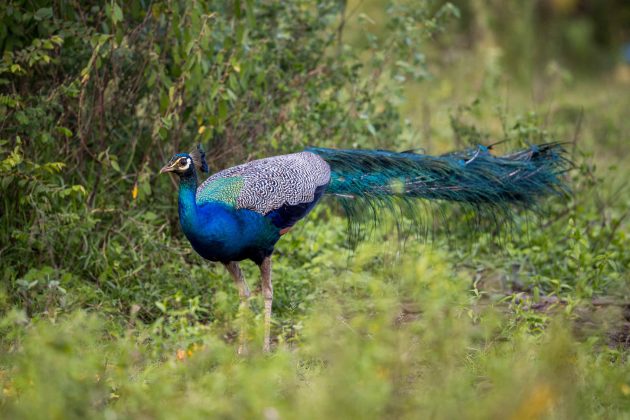
The peacock is just a bit too gaudy to be real – staring at its colorful feathers may make you feel slightly sick, as it did for Darwin (“The sight of a feather in a peacock’s tail, whenever I gaze at it, makes me feel sick”), though for different reasons.
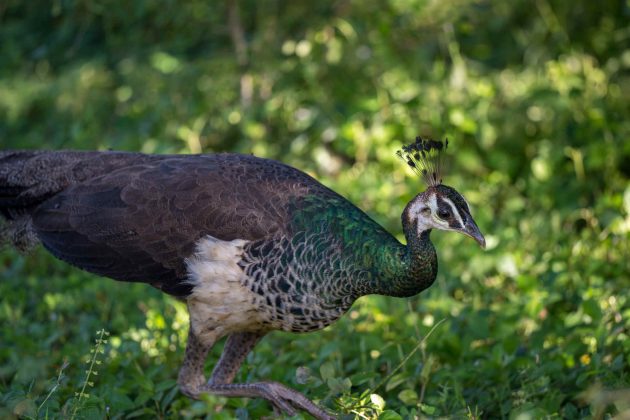
And yet. Seeing them in the wild and reminding yourself that they are real wild birds is quite an experience, embarrassing as this may be to admit.
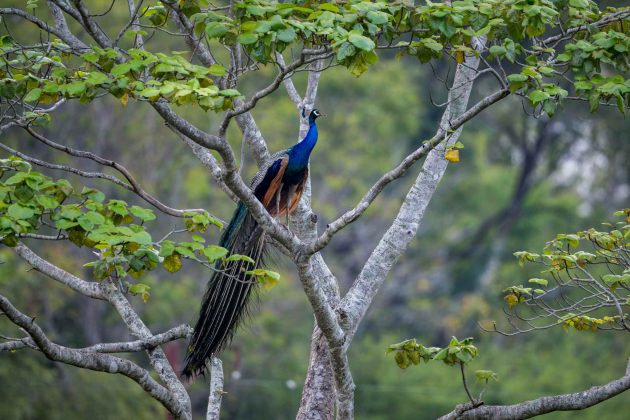
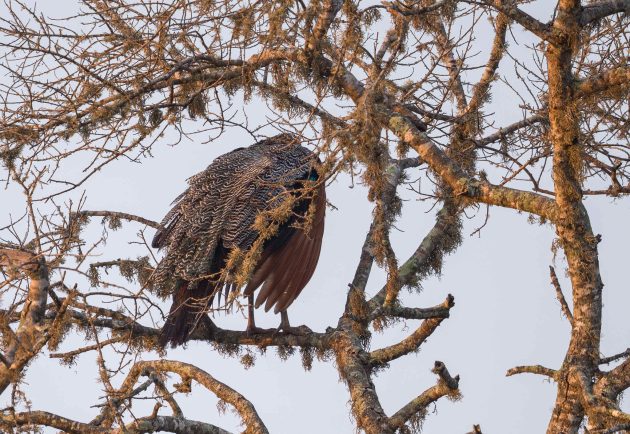
After briefly seeing them in the Delhi area a few years ago, this time it was in Sri Lanka, where they seem to be doing quite well. And Sri Lanka being Sri Lanka, the birds are not particularly shy despite the HBW note that “Wild birds are usually wary and circumspect, and they are difficult to observe in their forested or scrubby habitats”.
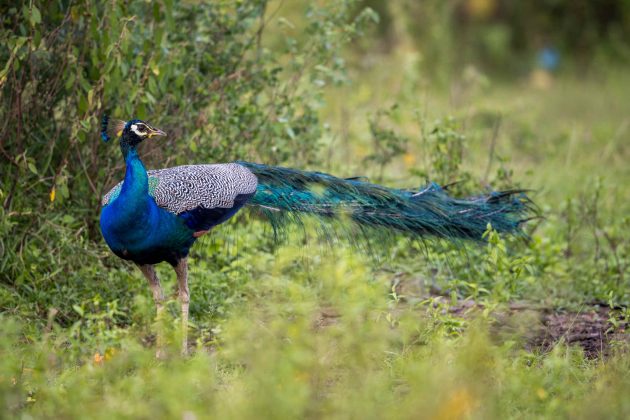
Anyway, I will not try to describe the appearance of the species in words – that is what photos are for. Instead, I will just give you my usual bits and pieces of research on the species.
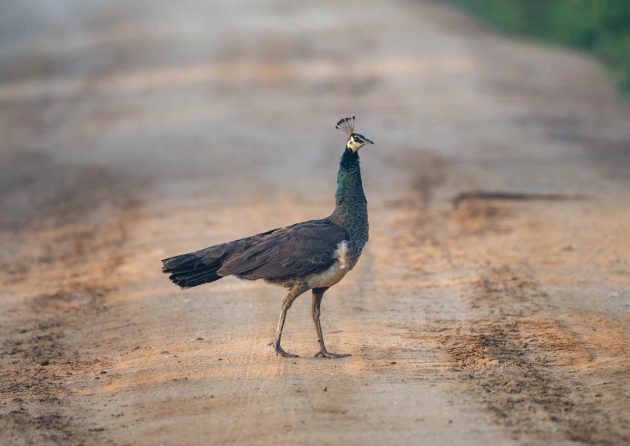
For example, on their hearing. Apparently, their hearing range is quite wide. A partial contribution to that comes from their crest feathers. I also learned that very likely, the Indian Peafowls do not like Mr. Rickye Heffner of Toledo University very much, as the paper (of which he is the main author) states that “perforation of the tympanic membranes severely reduced sensitivity to low frequencies”. Come to think of it, given these research methods, I think I do not like Mr. Heffner much either.
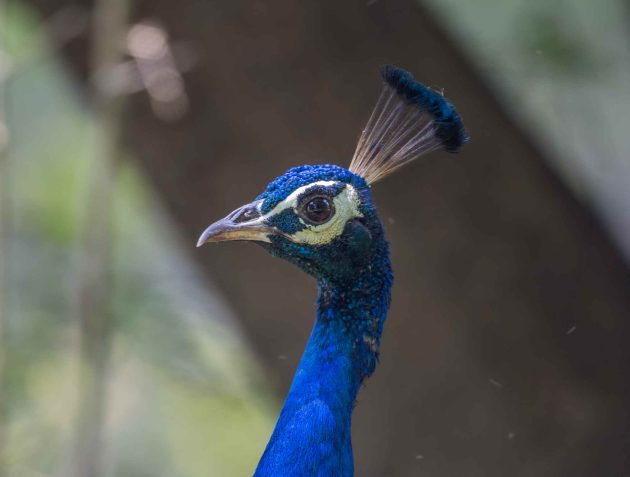
Other research looks at peafowls as bioindicators. Unfortunately, the abstract contains passages such as “A study was conducted to understand the reasons for this expanding distribution, the influence of climatic variables and the future extent of distribution using MaxEnt. A Mean ensemble of five CMIP5 models were used to predict the potential distribution for the period 2050s (2041–2060) and 2070s (2061–2080) under RCP 4.5 and RCP 8.5 scenarios” …
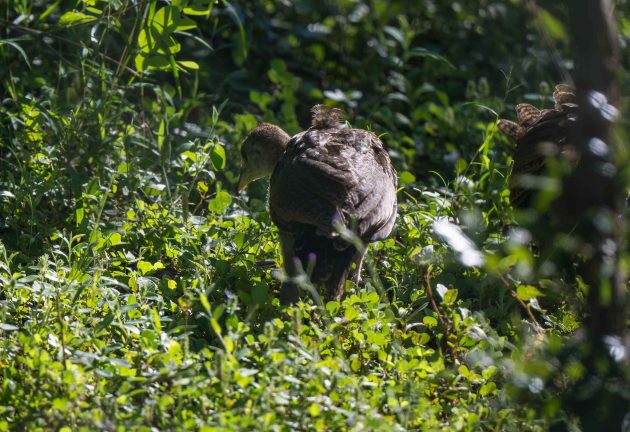
… but at least ends with the conclusion that climate change will likely increase the number of peafowls in Kerala, India.
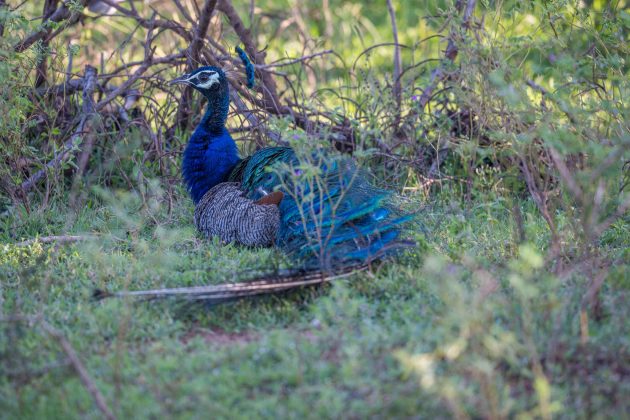
Which seems a good moment to mention that the Indian Peafowl is the National Bird of India, and is protected in the country. Still, the population has shrunk by about 50% in the last 70 years. Threats come less from the likes of Mr. Heffner and rather from the usual reasons – poaching for feathers
and meat, habitat destruction, mortality due to chemical fertilizers and pesticides, poisoning by farmers to prevent crop damage, and extraction of various parts for traditional medicines (source).
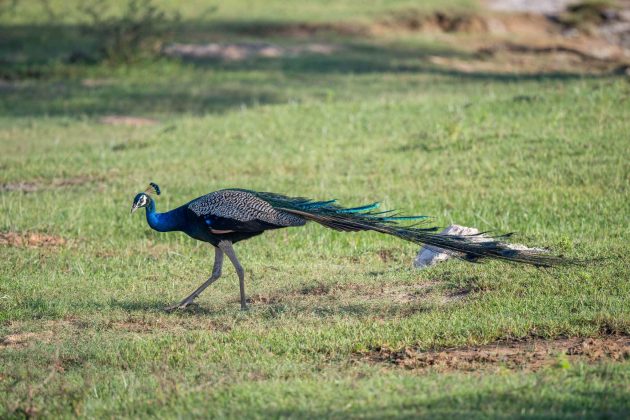
The same paper citing these dangers also elevates the peafowl to almost mystical levels – somewhat strange for a paper in a scientific journal (Journal of Wildlife Research): “Majestic: For sheer attractiveness, adorning ability and adaptability, the Indian Peafowl is clearly unsurpassable and incomparable. No other bird can claim such a triple ‘A’ standing. Regal and resplendent, yet common and plebian, it stands in a class of its own, a true symbol of India in all its beauty and colorful splendor.” A mixture of presumably pure emotions, very bad writing, and dumb nationalism.
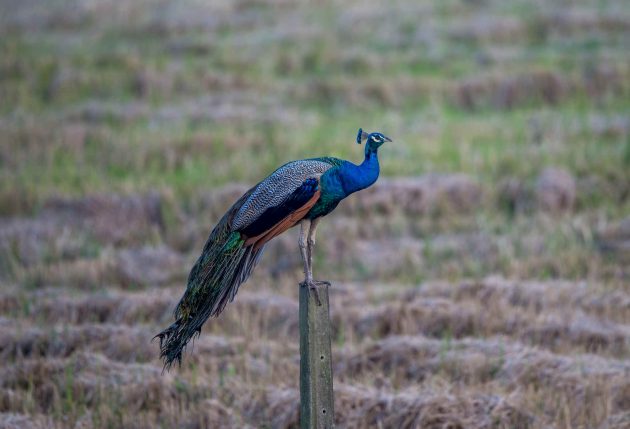
Other journals with papers on the peafowl also seem to have comparatively low standards, such as the admiringly broad-minded “Journal of Scientific Research and Reports“. The abstract of a paper on the distribution of the peafowl in Tamil Nadu ends with the somewhat cryptic sentence “As a result of habitat thrashing, absence of predation and easy accessibility of food, climate change influence of Peafowls interested in countryside villages.”
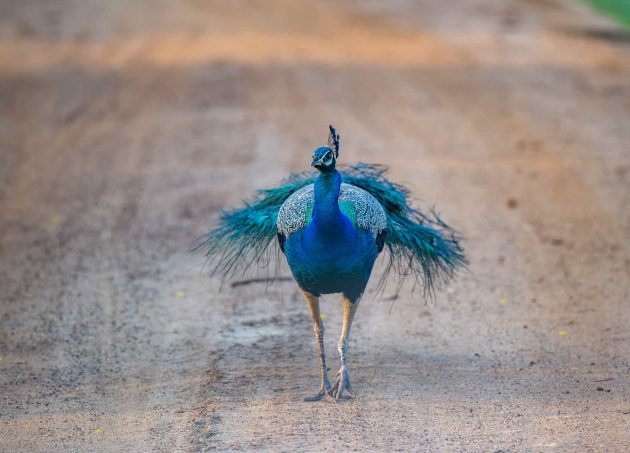
What do peafowls do all day? Not surprisingly, Indian researchers also analyzed this. They found that Indian Peafowl (male and female) devoted the biggest proportion of the day to feeding, followed by standing, walking, running, roosting, and calling.
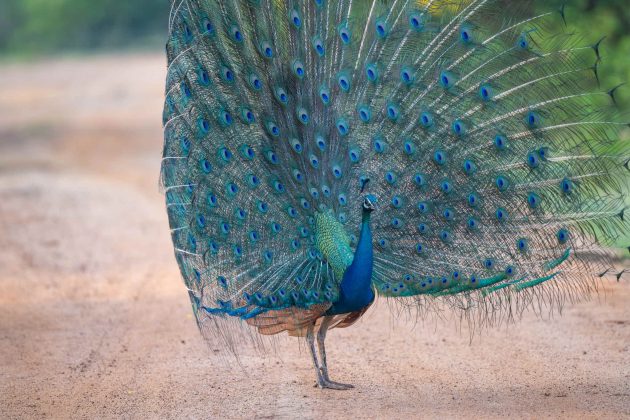
Of course, there are also papers on the mating success (and the success criteria) of peafowl, particularly the males. One paper finds that male peacocks with low mating success are more likely to be killed by predators. The author offers two plausible explanations: either the males had low-quality genes or some disease. Both scenarios would explain their low mating success and their high mortality.
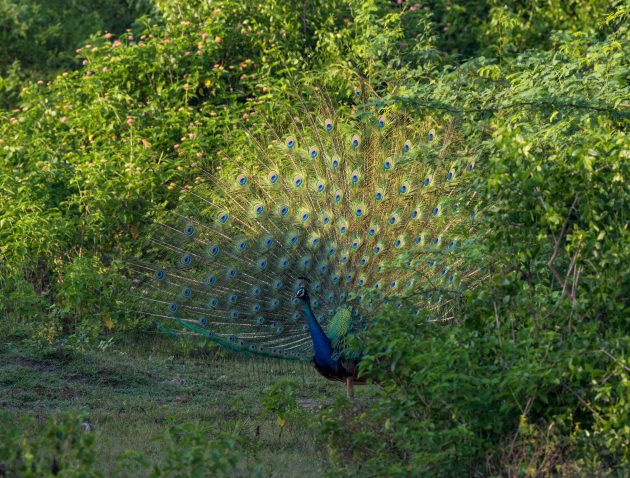
And of course, the train (i.e., the long feathers of the male) also contributes to mating success. When the number of eyes on a male’s train was experimentally reduced, their mating success declined.
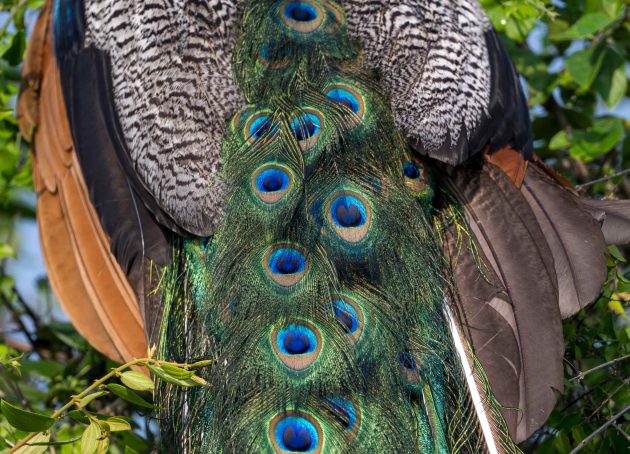
Finally, there are papers whose contents completely elude me. Under the heading “Computer Science > Machine Learning”, an abstract describes how something called Intrusion Detection System is used to protect Cloud Computing from attacks. And – this being a paper from somebody at Cornell – the abstract states “the mating behavior of peafowl is incorporated into an optimization algorithm which in turn is used as a feature selection algorithm.”
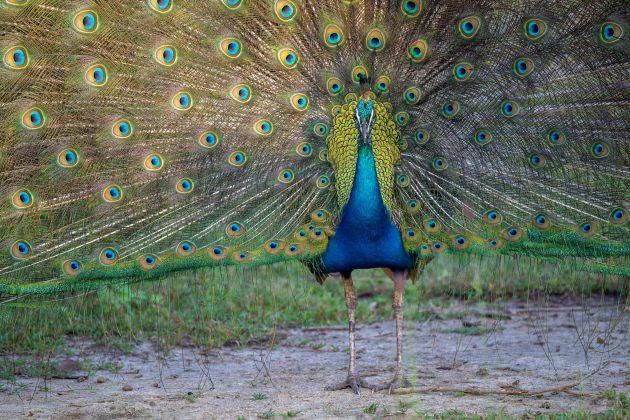
I wonder how successful somebody who is both a birdwatcher and an IT person is on a dating app.
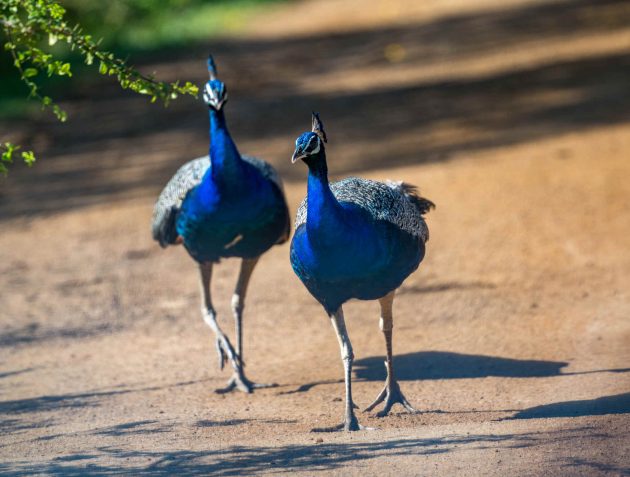
All photos taken in Sri Lanka in March 2025
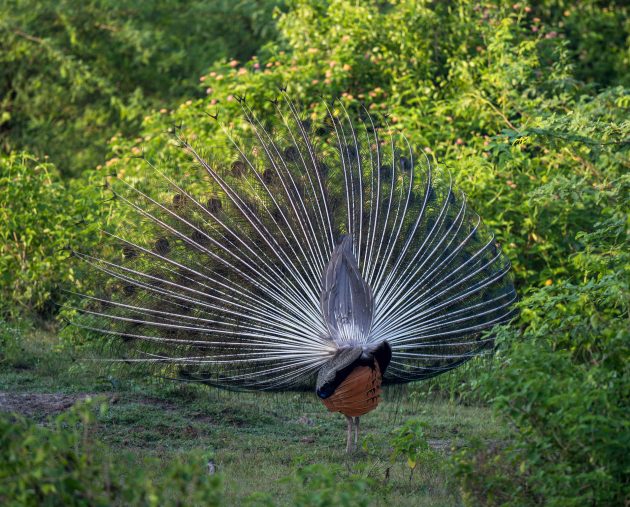



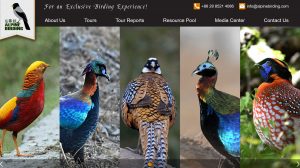
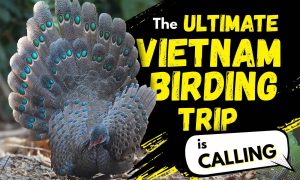
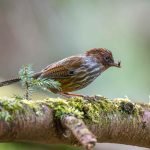

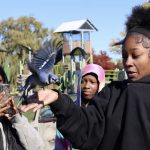


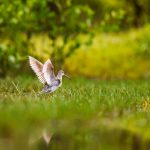
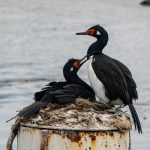
Indian peafowl have been so well known for so long (even King Solomon is said to have received them as gifts!) that they have been introduced in many places. They are so fond of hanging around humans though that it appears hard to tell which are truly feral and self-sustaining like so many members of the parrot family are, and which are still semi-domesticated. There is an argument that even some parts of England have genuine free-living peafowl, even if they are living on country estates. – they are after all basically very large pheasants. Have you ever seen their relative the Green Peafowl – I think they do have part of their range in southern China?
Alan, yes, I saw them in Vietnam (at Cat Tien NP) and on Java. Here is a post on them: https://www.10000birds.com/species-spotlight-green-peafowl.htm
This article is a call for more research. At least science needs it. ?